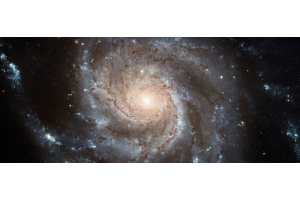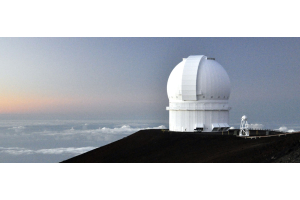
There are few objects in the universe that present more mystery to us Earthlings than black holes. Until relatively recently, black holes were not thought to even exist. Albert Einstein - the man whose theory of General Relativity showed the existence of singularities in spacetime - was unconvinced that they existed in the universe. However, we now have direct evidence of the existence of black holes. As a matter of fact, the Event Horizon Telescope (EHT) project even photographed the “shadow” of a black hole in the center of Messier 87. But what exactly are black holes?

After Einstein developed the Theory of General Relativity, the theoretical physicist Karl Schwarzchild was able to derive a solution to Einstein’s field equations (a set of equations that describe spacetime as being curved by gravity) to show that any object when compressed to a certain radius can become singularities in spacetime, or a black hole. This equation is described as:

Or, in English, the Schwarzschild radius of an object is equal to 2 times the universal gravitational constant, times the mass of the object, divided by the speed of light squared. Using this equation, if you were to compress the Sun to a radius of ~2 miles across while retaining its mass, you would turn the Sun into a singularity. The singularity is the heart of the black hole. We cannot see the singularity because light itself cannot escape the immense gravitational pull. We call this “boundary” where light cannot escape the event horizon.
The black hole is thought to be surrounded by a disk of stellar material known as an accretion disk. While we cannot see the black hole itself, we can see light from the accretion disk, as the immense speed at which objects are orbiting the black hole through friction and other forces. The accretion disk gives out strong X-ray signals, which is why NASA launches X-ray telescopes like IXPE to observe and study black holes.

Learn More
Interested in learning more about astronomy and what's going on in the skies above us? Check out our Astronomy Hub to learn more!
This Article was Last Updated on 07/19/2023













